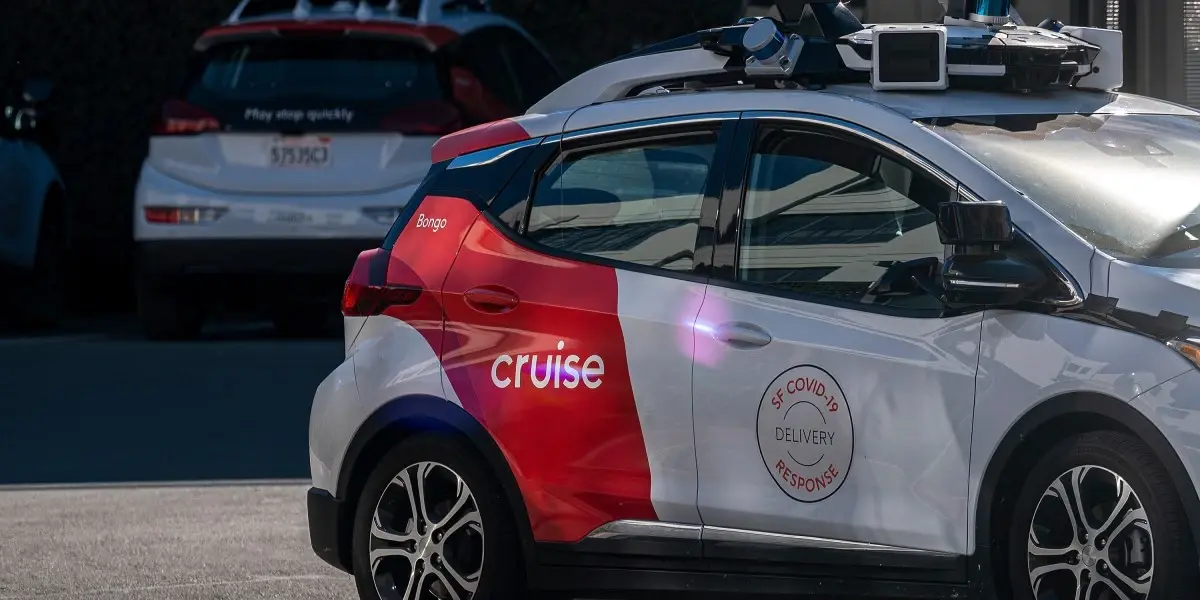🤖 I’m a bot that provides automatic summaries for articles:
Click here to see the summary
In Phoenix, Austin, Houston, Dallas, Miami, and San Francisco, hundreds of so-called autonomous vehicles, or AVs, operated by General Motors’ self-driving car division, Cruise, have for years ferried passengers to their destinations on busy city roads.
In an internal address on Slack to his employees about the suspension, Vogt stuck to his message: “Safety is at the core of everything we do here at Cruise.” Days later, the company said it would voluntarily pause fully driverless rides in Phoenix and Austin, meaning its fleet will be operating only with human supervision: a flesh-and-blood backup to the artificial intelligence.
“This strikes me as deeply irresponsible at the management level to be authorizing and pursuing deployment or driverless testing, and to be publicly representing that the systems are reasonably safe,” said Bryant Walker Smith, a University of South Carolina law professor and engineer who studies automated driving.
Though AV companies enjoy a reputation in Silicon Valley as bearers of a techno-optimist transit utopia — a world of intelligent cars that never drive drunk, tired, or distracted — the internal materials reviewed by The Intercept reveal an underlying tension between potentially life-and-death engineering problems and the effort to deliver the future as quickly as possible.
It appears this concern wasn’t hypothetical: Video footage captured from a Cruise vehicle reviewed by The Intercept shows one self-driving car, operating in an unnamed city, driving directly up to a construction pit with multiple workers inside.
According to one safety memo, Cruise began operating fewer driverless cars during daytime hours to avoid encountering children, a move it deemed effective at mitigating the overall risk without fixing the underlying technical problem.
Saved 91% of original text.



